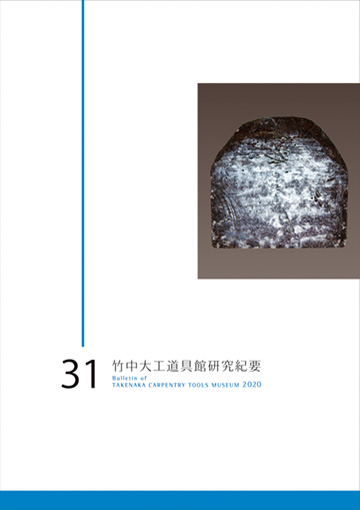Volume 5
Displaying 1-3 of 3 articles from this issue
- |<
- <
- 1
- >
- >|
-
1993Volume 5 Pages 1-61
Published: 1993
Released on J-STAGE: January 31, 2022
Download PDF (86438K) -
1993Volume 5 Pages 62-74
Published: 1993
Released on J-STAGE: January 31, 2022
Download PDF (23690K) -
1993Volume 5 Pages 75-89
Published: 1993
Released on J-STAGE: January 31, 2022
Download PDF (57633K)
- |<
- <
- 1
- >
- >|
